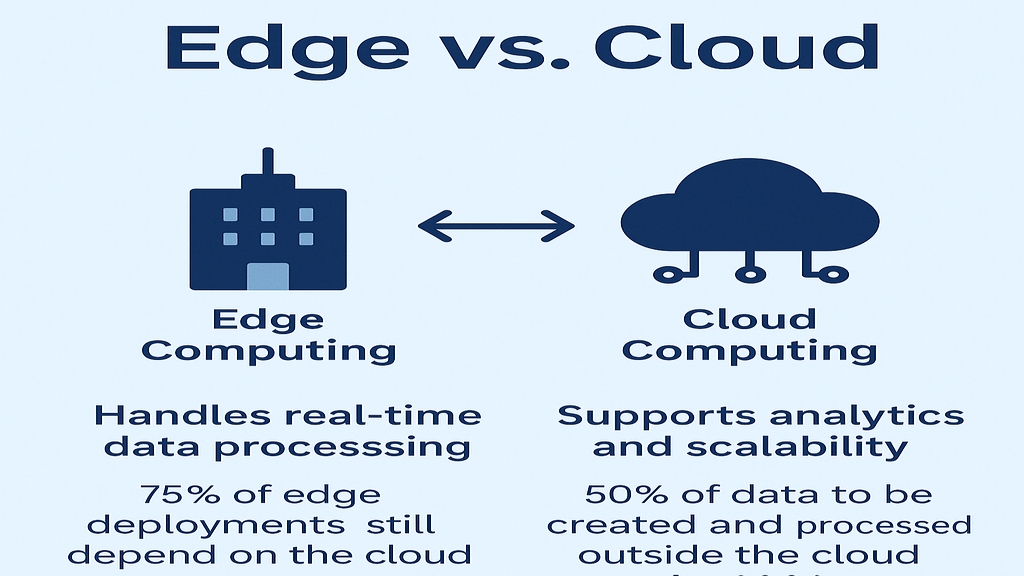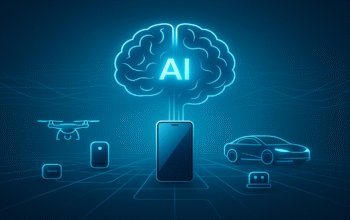Mobile computing is a group of IT technologies, tools, services, and operational practices that enable users to use their computational power, information, and other resources at different times and locations. Mainly, it is accessible over a wireless connection and may not be limited to one particular geographical location. So users can do things, communicate, and access data irrespective of any location, even from movement or travel. Examples are smartphones, tablets, laptops, and many wearable gadgets.
Mobile may also refer to access in a fixed location through equipment that users can relocate as needed but which remains stationary while it is being used. This method of operation is often called nomadic computing.
Mobile computing is a modern necessity. People use it for their personal and professional purposes. From sending emails on the smartphone to attending virtual meetings on the laptop, mobile computing plays a role in almost every single aspect of life. It has greatly benefited businesses, healthcare, education, and entertainment.
Covered Contents
ToggleThe core concept of Mobile computing:
The core concept for mobile computing is wireless connectivity. It connects devices using techniques such as Wi-Fi, cellular networks, and Bluetooth. It enables a person to communicate, work, or access services online, regardless of their location. Mobile computing eliminates the need to have physical wires, and this is what makes it convenient.
Why is Mobile Computing Used?
Convenience:
Mobile computing provides freedom to work or communicate from any place.
Productivity:
It helps employees and businesses operate efficiently even outside the office.
Connectivity:
It allows users to stay connected to the internet, emails, or applications on the go.
Real-time Access:
Mobile computing allows users to access data and resources in real time.
Entertainment:
With mobile computing, streaming music, and videos, or playing online games becomes easy.
How Does Mobile Computing Work?
Mobile computing depends on these main components:
Hardware: These are mobile devices, which include smartphones, laptops, and tablets. All of these have their processors, memory, screens, and keyboards or touch for input methods. Contemporary devices are a balance between performance and portability.
Software: Operating systems such as Android, iOS, or Windows run on mobile devices. Applications or apps installed on these devices carry out specific functions, including browsing the internet, handling finances, or streaming videos. The software ensures that the device interacts smoothly with hardware and networks.
Communication Networks: Wireless technologies enable data transfer between devices and networks. For example:
Wi-Fi: Connects devices to local wireless networks for internet access.
Cellular Networks: 3G, 4G, and 5G offer internet and voice call services through mobile towers.
Bluetooth: Data transfer takes place over short distances, such as pairing headphones or fitness bands.
Types of Mobile Computing
Portable Computers:
Examples: Laptops, tablets, and notebooks.
These are portable devices that can easily be carried.
Smart Devices:
Examples: Smartphones and smartwatches.
They enable voice and SMS calls, internet access, as well as many applications.
Vehicle-based Computing:
Examples: GPS and entertainment systems in cars
It supports navigation and entertainment features.
Wearable Technology:
Examples: Fitness watches as well as AR/VR devices
They are worn on the body and often connect wirelessly to other devices.
Check out for more info: Wearable technology
Handheld Devices:
Examples: PDAs and barcode readers
They are small to hold and used for particular things.
Examples of Mobile Computing
-
Smartphone Use:
Accessing social media apps, making video calls, or shopping online.
-
Online Classes:
Students attending virtual classes using tablets or laptops.
-
Mobile Banking:
Transferring money or checking account details through banking apps.
-
Navigation:
Using GPS on a smartphone or car’s navigation system to find directions.
-
Streaming Services:
Watching movies or listening to music on apps like Netflix or Spotify.
-
Advancements in 5G:
5G networks have made mobile computing faster and more reliable.
-
Cloud Computing Integration:
Mobile devices can store and access large amounts of data via cloud services like Google Drive or iCloud.
-
IoT (Internet of Things):
Devices like smart refrigerators or thermostats connect to your smartphone, making daily life easier.
-
Improved Battery Life:
Modern devices now last longer, ensuring uninterrupted mobile computing.
-
AI-Powered Applications:
Voice assistants like Siri or Google Assistant enhance the mobile computing experience.
Conclusion:
Mobile computing has changed the way we live and work. Everything is made convenient, fast, and connected to our fingertips. It plays a crucial role in our lives from entertainment to business. Being able to do things and gain access to information from anywhere has redefined productivity and efficiency for individuals and organizations.
This means that through mobile computing, the whole world has now become a network of interlinked people who can communicate in real time to share ideas, cooperate, and harmonize all their daily affairs. It is, indeed, awe-inspiring, in applications in education, health care, and in commerce generally, and its range and potential are mind-boggling and reflect its great versatility and importance.
Mobile computing, advancing along with technologies like 5G and artificial intelligence, will be the one molding the future, with even more innovative and convenient opportunities in the future.




One thought on “What is Mobile Computing |Types and Examples”